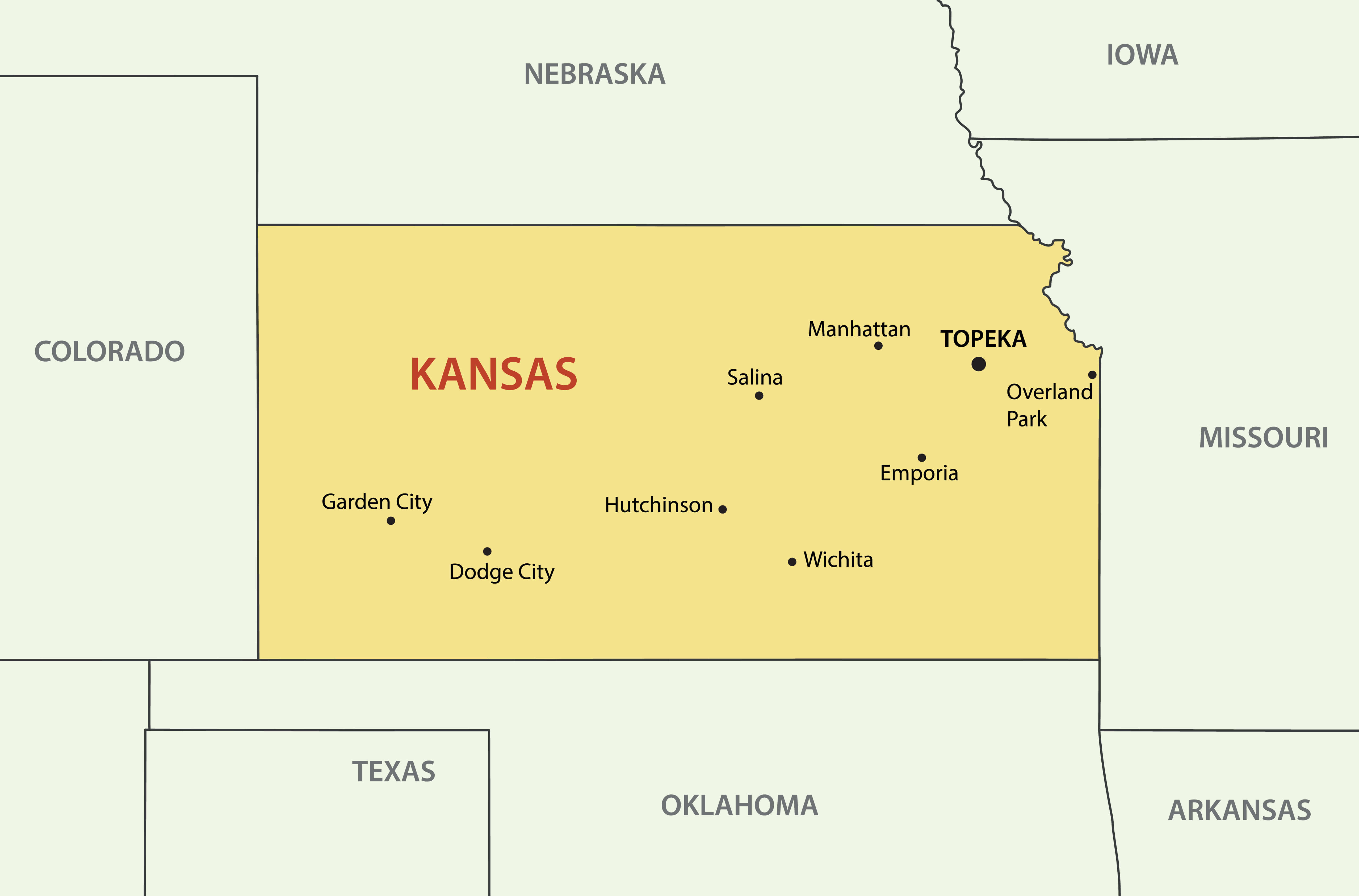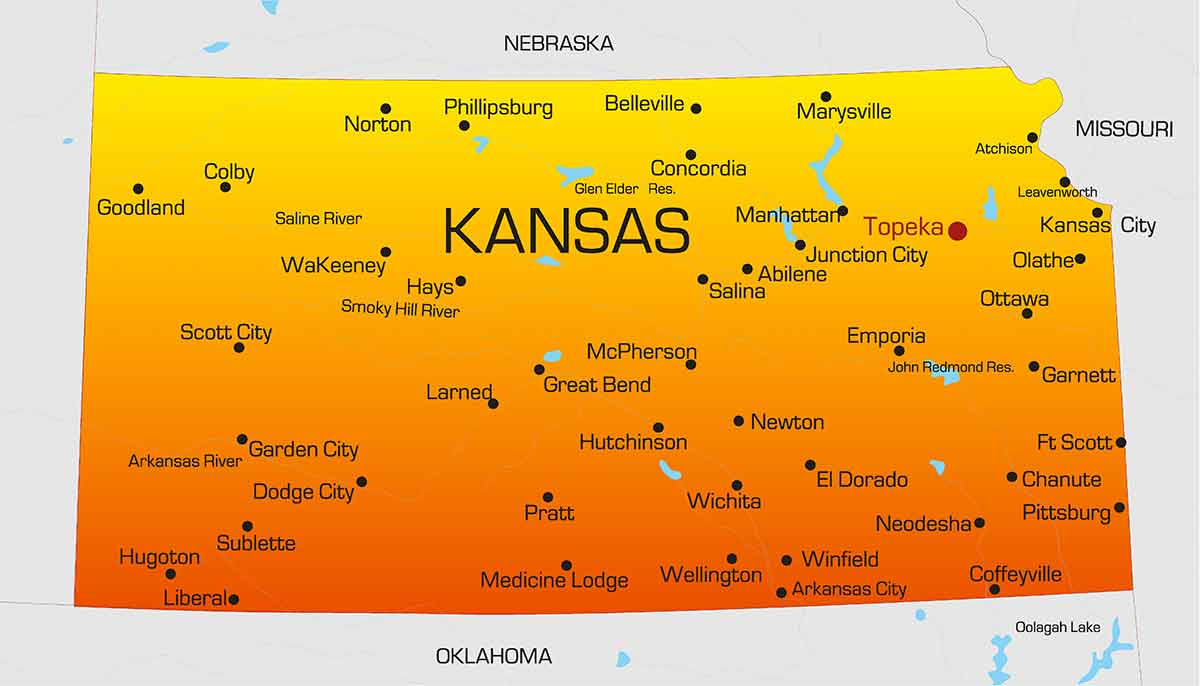
Beyond the Horizon: Unearthing the Soul of Kansas Towns
Kansas, often dismissed as a mere flyover state, is a vast expanse of land that stretches from the rolling Flint Hills to the seemingly endless plains of its western reaches. For those who only glimpse it from 30,000 feet, it might appear as a homogenous quilt of agriculture. But beneath this often-misunderstood veneer lies a rich tapestry of towns, each with its own distinct history, character, and an enduring spirit that defies easy categorization. To truly understand Kansas is to venture beyond the interstates and delve into these communities – to walk their main streets, listen to their stories, and feel the pulse of the American heartland.
At approximately 1,200 words, this article will explore the diverse and compelling narrative of Kansas towns, from their historic origins as cowtowns and pioneer settlements to their modern incarnations as resilient communities grappling with change while fiercely preserving their unique identities.
The Echoes of the Old West: Where Legends Were Forged

No discussion of Kansas towns can begin without acknowledging their pivotal role in the lore of the American Old West. Names like Dodge City and Abilene resonate with tales of cowboys, lawmen, and outlaws, painting vivid pictures of a bygone era.
Dodge City, perhaps the most famous of these, earned its moniker as the "Queen of the Cowtowns." From 1875 to 1886, it was the wild, unruly terminus of the Santa Fe Trail, where millions of longhorn cattle were driven from Texas to be shipped eastward. The town’s Boot Hill Cemetery, where many met their untimely end, stands as a stark reminder of its lawless past. Figures like Wyatt Earp, Bat Masterson, and Doc Holliday walked its dusty streets, attempting to bring order to a town bursting with saloons, gambling halls, and the cacophony of cattle and cowboys.
"Dodge City wasn’t just a town; it was a crucible," explains Dr. Sarah Jenkins, a Kansas historian. "It represented the raw, untamed frontier spirit, a place where fortunes were made and lost, and where the lines between good and evil were often blurred by the demands of survival and commerce. Its legend continues to captivate because it embodies that quintessential American narrative of expansion and struggle." Today, Dodge City embraces its heritage, offering visitors a step back in time with attractions like Boot Hill Museum and nightly gunfight reenactments, ensuring its wild legacy endures.
Further east, Abilene holds its own significant place in history as the original railhead for the Chisholm Trail, predating Dodge City’s peak. Under the shrewd management of Joseph McCoy, Abilene became the primary shipping point for cattle in the late 1860s, a bustling hub that brought prosperity and, inevitably, its share of frontier roughhousing. Abilene also holds the distinction of being the boyhood home of Dwight D. Eisenhower, the 34th President of the United States. His presidential library, museum, and boyhood home are meticulously preserved here, offering a different, yet equally vital, glimpse into American history.
These historic towns are more than just relics; they are living testaments to the audacious spirit of the pioneers and entrepreneurs who shaped the nation. They remind us that the heart of America was forged not just in grand pronouncements, but in the grit and determination of everyday people in places like Kansas.
The Enduring Heart of the Heartland: Small Town Charm and Resilience
Beyond the iconic cowtowns, the vast majority of Kansas towns are smaller, quieter communities, often surrounded by endless fields of wheat, corn, or sunflowers. These are the towns that truly embody the "Heartland" identity, characterized by strong community bonds, a slower pace of life, and an unyielding sense of resilience.
Walk down the main street of a town like Cottonwood Falls in the Flint Hills, and you’ll immediately sense a profound connection to the past. Its magnificent Chase County Courthouse, a grand limestone structure built in 1873, dominates the skyline, an architectural marvel in a town of just over 800 residents. The nearby Tallgrass Prairie National Preserve highlights the region’s unique ecosystem, reminding visitors of the land’s original splendor. These towns often thrive on agriculture and small businesses, where the local café serves as the town’s unofficial parliament and neighbors still look out for one another.

"There’s a rhythm to life here you won’t find anywhere else," says Mary Beth Thompson, a third-generation resident and owner of a hardware store in Alma, known as the "City of Native Stone" for its distinctive limestone architecture. "We know our neighbors, we celebrate together, and we mourn together. When a storm hits or a family is in need, the community rallies. It’s not just a place to live; it’s a family."
This sense of community is crucial, especially as many rural towns face challenges like declining populations and economic shifts. Yet, countless Kansas towns are finding innovative ways to adapt. Some leverage their unique historical assets, like Atchison, the birthplace of aviation pioneer Amelia Earhart, which draws visitors to her childhood home and a vibrant downtown. Others capitalize on local craftsmanship or agricultural tourism, showcasing the bounty of the land. The spirit of self-reliance and community cooperation, honed by generations of facing prairie challenges, remains a powerful force.
Beyond the Prairie Stereotype: Diversity and Dynamic Communities
To assume all Kansas towns are simply agrarian outposts would be a grave oversight. The state boasts a surprising diversity of communities, each offering a distinct flavor.
Lawrence, home to the University of Kansas, is a vibrant college town pulsating with youthful energy, a thriving arts scene, and a liberal ethos that stands out in the more conservative state. Its history is deeply etched in the "Bleeding Kansas" era, a pivotal battleground in the struggle over slavery, culminating in Quantrill’s Raid in 1863, which nearly destroyed the town. Today, Massachusetts Street, or "Mass Street," is a lively thoroughfare of independent shops, restaurants, and music venues, reflecting a progressive and intellectual spirit.
Similarly, Manhattan, often dubbed "The Little Apple," hosts Kansas State University and exudes a lively academic atmosphere combined with a strong sense of community. Its Aggieville district is a historic entertainment area, and the town benefits from the university’s research and cultural contributions. These college towns are dynamic hubs, attracting talent and fostering innovation, proving that Kansas is far from intellectually stagnant.
Then there are towns like Lindsborg, affectionately known as "Little Sweden, USA." Settled by Swedish immigrants in the 1860s, Lindsborg has meticulously preserved its Scandinavian heritage. Brightly painted Dala horses adorn the streets, Swedish flags fly alongside American ones, and cultural festivals like Svensk Hyllningsfest celebrate its roots. This deliberate cultural preservation makes Lindsborg a unique gem, a testament to the diverse ethnic threads woven into the American fabric.
"People often come to Lindsborg expecting a quaint, quiet town, and they find that, but they also find a vibrant, living culture," says Anna Karlsson, a local artisan who paints Dala horses. "It’s a place where you can feel connected to something ancient and global, right here in the middle of Kansas. It shows that Kansas isn’t a monolith; it’s a mosaic."
Even the larger cities, while not the primary focus of this article on "towns," contribute to this diversity. Wichita, for instance, is known as the "Air Capital of the World," a hub for aircraft manufacturing and a bustling metropolitan center with a burgeoning arts and culinary scene. These larger centers provide economic anchors and cultural amenities that ripple out to support the surrounding smaller communities.
The Enduring Allure: Why Kansas Towns Matter
What ultimately binds these disparate towns together is an authentic, unpretentious spirit. They are places where the horizon feels endless, where the vastness of the sky reminds you of your place in the universe, and where the land itself dictates a certain rhythm of life.
Kansas towns offer a compelling counter-narrative to the hurried, often impersonal pace of modern urban life. They are places where community still holds sway, where history isn’t just in books but in the very brick and mortar of the buildings, and where the character of the people is as resilient and enduring as the prairie grass that blankets the land.
In an increasingly homogenized world, the unique charm and steadfast spirit of Kansas towns are more valuable than ever. They remind us of the enduring power of place, the strength of community, and the quiet beauty of a life lived in harmony with the land. So, the next time you consider flying over Kansas, perhaps pause, take an exit, and let one of its remarkable towns tell you a story. You might just find yourself discovering a piece of America you never knew existed, a piece that resonates deeply with the soul of the nation.


